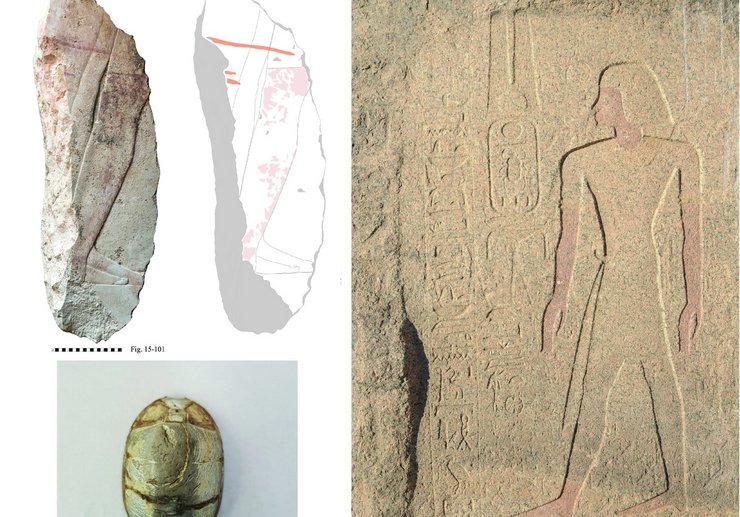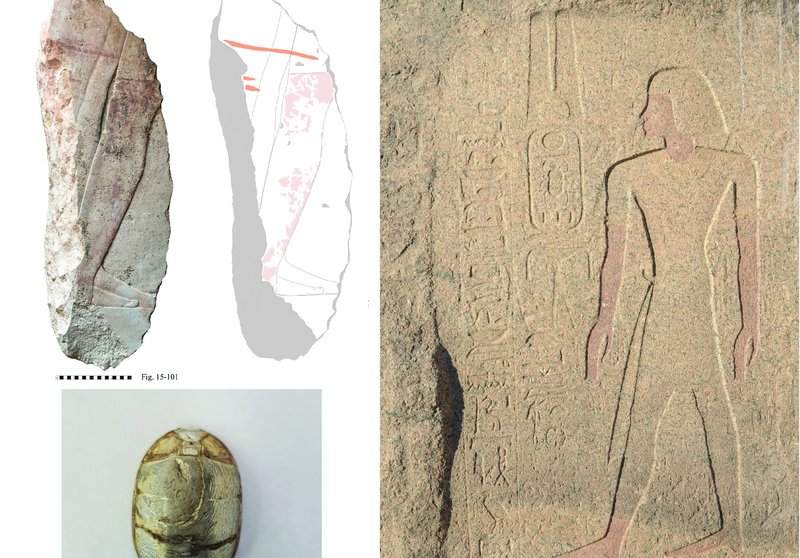Contest for ideas - Projects of young scholars

Bilder l. o. und l. u. "Die Objekte stammen aus (a) Dahschur und (b) aus der Levante und weisen sekundäre Spuren auf, die mit traditionellen Dokumentationsmethoden nur bedingt sichtbar werden. (Foto, Zeichnung und digitale Umzeichnung: Kyra Gospodar). Bild r.: Inschrift des Königssohns Chaemwaset aus der Regierungszeit des Amenophis' II auf der Insel Sehel am Ersten Katarakt. Die rote Bemahlung von Gesicht , Hals und Körpergliedern ist noch immer deutlich erkennbar." © DAI Kairo // K. Gospodar, A.-K. Jeske, L. Borrmann-Dücker
Young scholars are a well of research ideas. The Cairo Department of the German Archaeological Institute made a contest out of it. Every M. A. and Ph.D. student affiliated with the Department was invited to submit an application for a short-term project. There were just a few guidelines to provide a setting for creativity. The project applications should either deal with confined research topics, or be a part of an existing project, or explore if further and in-depth research of a topic might be productive. Besides giving an opportunity to young scholars, the First Director Stephan J. Seidlmayer wanted to survey ideas floating in his team.
Eventually, four projects were selected:
"Dokumentation von sekundären Spuren auf archäologischen Objekten: Möglichkeiten, Machbarkeit und Standardisierung" (Kyra Gospodar & Ann-Kathrin Jeske)
"Entwicklung virtueller und augmentierter Realität der Gräber von Dahschur" (Matthieu W. Götz)
"The iconographic, textual and scientific analysis of coffins from el-Hibe in the Egyptian Museum Cairo – towards the restoration and study of an important group of Late Period coffins" (Katharina Stövesand)
"Analyse der Farbigkeit von Felsinschriften" (Elisabeth Wegner)
Since this call was such a success, Stephan Seidlmayer made the decision to have regularly a contest of ideas.
Kontakt
Stephan Seidlmayer
Stephan.Seidlmayer@dainst.de
DAI Pressestelle
Podbielskiallee 69
14195 Berlin
Tel.: +49 (0)30 187711-120
Mail: presse@dainst.de


